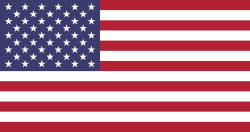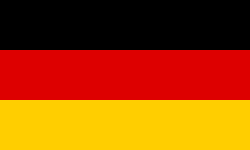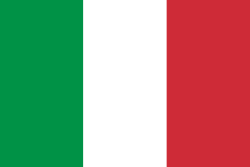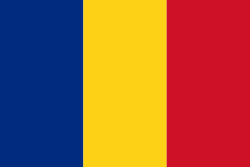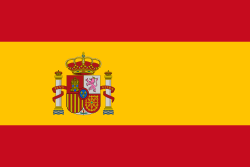REPRODUCE YOUR DRAWINGS IN PHOTO ETCHING WITH PERFECT CUTS ON METAL SHEETS, FROM 0.05 MM UP TO 2 MM THICKNESS
Photoetching, or chemical milling, is a sophisticated system for the rapid manufacturing of often complicated small pieces, with minimum dimensional tolerances, able to advantageously compete with traditional mechanical engraving and laser cutting systems.


Fotoincisione chimica
Modern chemical etching consists in coating a suitably treated metal plate with a thin layer of photosensitive paint (photoresist), followed by a masking, exposure and development process.
After this phase the plate is ready for acid etching, protected on the areas that must not be damaged and perfectly clean on the areas to be engraved or cut.
For what is used?
Prototyping and reproduction in small and large series of complicated metal components in a very short time.

Simple application
The reproduction by etching requires only a simple vector drawing (.dwg .dxf .3dm .stl .iges .pdf .cdr .ai etc .....) but it can also be developed starting from an image or a sample.
It is possible to quickly reproduce very complex parts of a few mm up to one meter in length, in small quantities and with very low preparation costs.
Require assistance to design your components, our technicians are always available to help you.
Difficult components?
The use of advanced photographic and process control, in the absence of heat and mechanical pressure during processing, now allows us to cut and engrave steel and copper alloy plates with incredible precision, from 0.05 to 2.00 mm thick with minimum dimensional tolerances, without burrs and deformations.
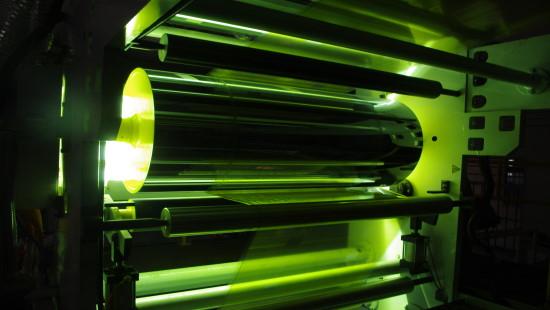

An ancient technique
The art of engraving metals with corrosive substances has been known since 400 BC. It found a wide use in the Renaissance for the decorations of weapons and armor.
From the first half of the nineteenth century it was developed to reproduce prints, and then resumed and strongly perfected by the 1940s for the creation of thin metal parts.
